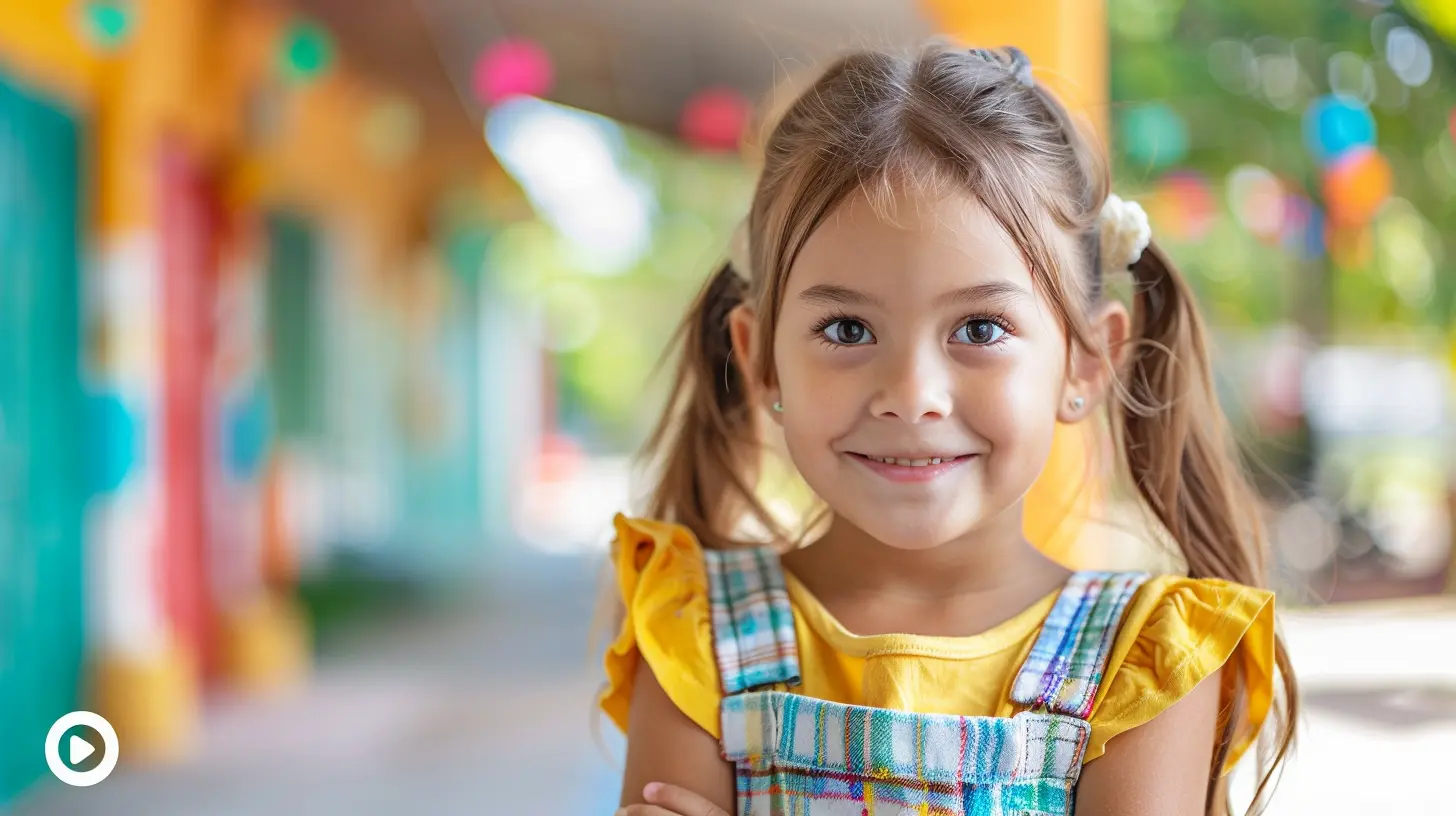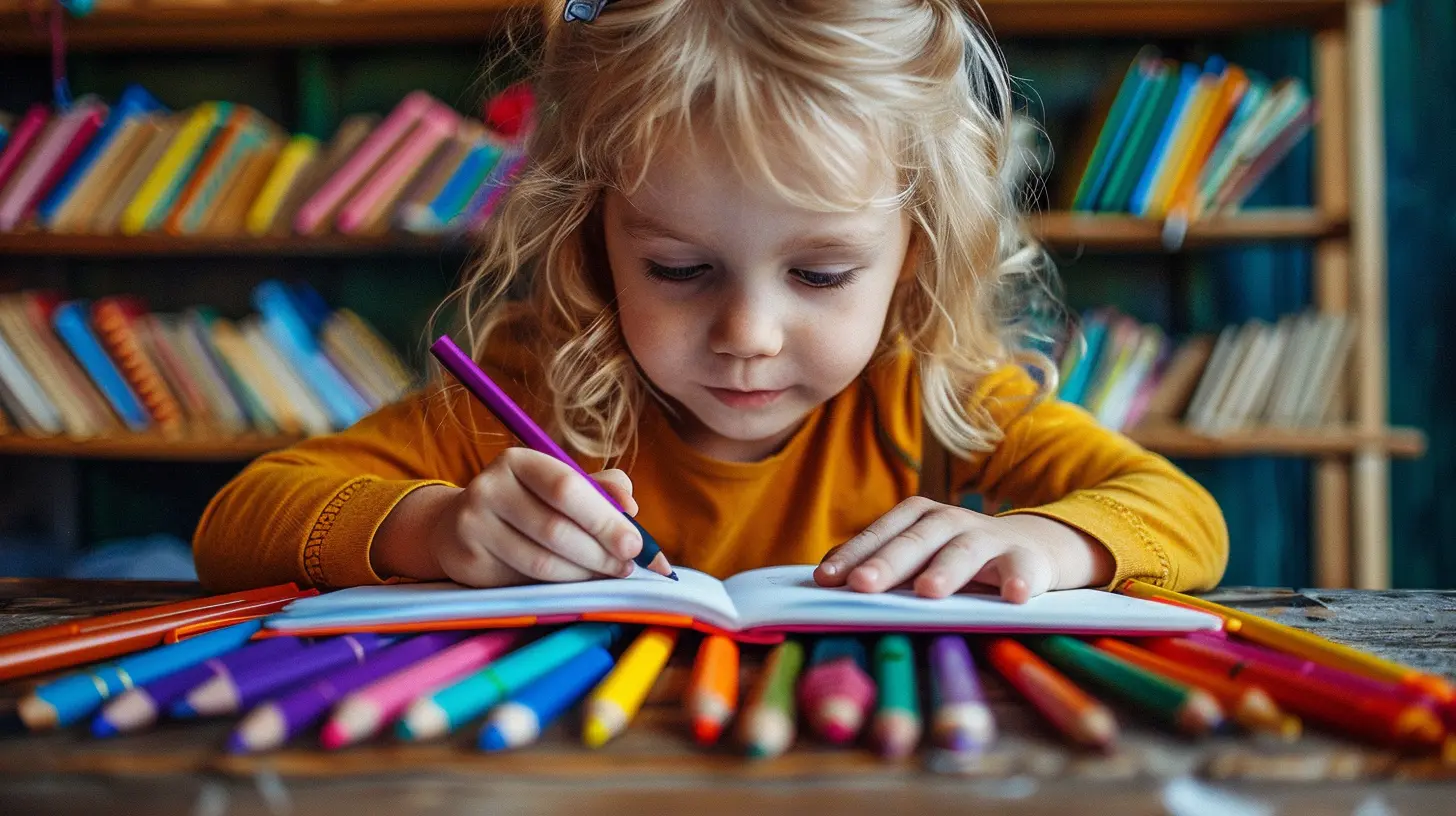How to Support Your Child’s Emotional Needs During School Transitions
11 August 2025
Let’s be real—school transitions are tough. Not just for kids, but also for us parents. Whether it's moving from kindergarten to primary school, elementary to middle, or middle to high school, each jump comes with its own share of stress, excitement, fear, and let’s not forget—lots of emotional backflips.
So how can we, the ever-worried, ever-loving parents, make this process smoother and emotionally gentler for our little (or not-so-little-anymore) ones? Let’s dive into how to support your child’s emotional needs during school transitions—without turning your home into an emotional battleground.
Why Are School Transitions So Emotionally Intense?
Think about the last time you started a new job or moved to a new city. That mix of nervousness, excitement, and “what if I mess this up?” anxiety—you’ve felt it, right? Now imagine going through all that, but with less life experience, fewer coping tools, and a backpack filled with snacks and colored pencils. That’s your kid.Kids thrive on routine. Structure makes them feel safe. So, when that structure changes—new classrooms, unfamiliar teachers, different friends—it shakes their emotional foundation. For some, it’s thrilling. For others, scary. For many, a little bit of both.
Recognize the Emotional Signs
The first step in supporting your child’s emotional well-being is to actually see how they're feeling. Emotions in kids don’t always show up in obvious ways. Sometimes they whisper instead of scream.Here’s what to watch for:
- Sudden mood swings – happy one moment, teary-eyed the next.
- Sleep troubles – nightmares, trouble falling asleep, or early wake-ups.
- Physical complaints – tummy aches, headaches (hello, stress!).
- Lack of appetite or eating too much.
- Withdrawing socially – becoming quieter or avoiding friends.
- Clinginess – even older kids may seek more hugs or reassurance.
If any of this sounds familiar, don’t panic. It doesn’t mean something is wrong—it just means your child is dealing with big emotions, and they need some help navigating them.
Talk Early, Talk Often
Want to know the secret weapon in navigating school transitions? Communication. And no, I’m not talking about interrogations over dinner.Make conversations casual but consistent. Ask open-ended questions like:
- “What are you most excited about at your new school?”
- “Is there anything you’re feeling unsure or nervous about?”
- “What would make your first day awesome?”
By opening the door to these chats early on, you normalize talking about feelings. And when big transitions happen, your child is already in the habit of turning to you for comfort, guidance, and that all-important listening ear.
Validate Their Feelings (Even If They Don’t Make Sense to You)
Think your child is being overly dramatic because they’re upset their best friend got put in a different class? Avoid the urge to brush it off.This is their experience, not yours. What seems minor to you can feel world-ending to them. Say things like:
- “I get why you’re upset. That would make me sad, too.”
- “It’s okay to feel a mix of things right now.”
- “I’m here for you no matter what.”
Validation is like an emotional hug. Your child needs to feel understood before they can start to calm down.
Establish a Routine (Even Before School Starts)
Kids are like sunflowers—they grow toward the light, but they also love the predictability of the sun rising every morning. Help them feel grounded by:- Starting a school-year bedtime/wake-up schedule a week early
- Getting school supplies together in a fun, low-stress way
- Doing practice runs to school if it’s a new building
- Packing lunch together and even role-playing the first day
The more familiar things feel, the less scary they become. Think of this like emotional bubble wrap—it softens the impact of the unknown.
Keep Your Own Emotions in Check
Let’s be real: sometimes we’re more nervous about the transition than our kids are. We worry:- Will they make friends?
- Will they like their teacher?
- Will they be okay without me?
If you’re anxious, your child picks up on it—like a little emotional sponge. So before you project your fears, do a quick emotional check-in with yourself.
Try these:
- Deep breathing
- Journaling your worries
- Talking to other parents (you’ll realize you’re SO not alone)
Remember, you don’t have to be a perfect robot parent. Just aim to be your kid’s steady lighthouse when the waters get choppy.
Create a Safe Space at Home
Your child needs a place where they can exhale. And that place is home.Make it a judgment-free zone. Let your child vent, cry, laugh, or confuse the heck out of you. After a long day of adapting and holding it together, they need somewhere to release.
Set aside 15–30 minutes a day for downtime together. Whether that’s reading, drawing, chatting, or just hanging out—make it predictable and peaceful.
Encourage Friendships and Socializing
Nothing says “you’ve got this” like a friend sitting beside you on your first day. Help your child nurture connections:- Schedule playdates with classmates if possible.
- Encourage joining clubs or sports teams.
- Visit school events or orientations together.
Even one friendly face can make a world of difference when everything else feels unfamiliar.
Celebrate Small Wins
Did they ask their teacher a question? Packed their own bag? Got through the day without a meltdown?Celebrate it. Seriously, break out the high-fives and goofy victory dances.
Celebrating progress—no matter how small—boosts your child’s confidence and helps shift their focus from fear to self-pride.
Have a Plan for Day One (And Beyond)
The first day can feel like stepping onto another planet—new smells, new sounds, new faces. Try to keep it chaos-free:- Wake up early to avoid rushing
- Stick a sweet note in their lunchbox
- Snap a pic for memories, but don’t make it a photoshoot
- Give reassurances and a big smile—even if you’re tearing up inside
Then, follow up after school. Instead of “How was your day?”, ask:
- "What was one cool thing that happened today?"
- "Did anything surprise you?"
- "What would you like to do differently tomorrow?"
Let them share (or not). Some kids need space to process, and that’s okay.
Know When to Seek Extra Help
If your child is struggling emotionally despite your best efforts, it might be time to bring in reinforcements. And there’s no shame in that.Talk to:
- Teachers or school counselors
- Pediatricians or child psychologists
They’re trained to spot deeper issues like anxiety, learning challenges, or social stress that might need extra support.
The goal isn’t to “fix” your child—it’s to give them the tools they need to thrive.
Remind Them (And Yourself) That Transitions Take Time
Feeling settled doesn’t happen overnight. It takes time to find your rhythm, make new friends, and get used to a new locker combination. Encourage your child to be patient with themselves, and extend the same grace to yourself.Every transition is a stepping stone in your child’s growth. It’s like watching them build their emotional toolkit—one new school experience at a time.
Final Thoughts
Supporting your child’s emotional needs during school transitions isn't about having all the answers. It's about being their emotional steady point—a place of comfort when everything else feels uncertain.So whether your child walks into their new school with a skip in their step or a lump in their throat, remember: your love, presence, and patience are the best back-to-school supplies they could ever have.
You’ve got this, mama. And so does your kid.
all images in this post were generated using AI tools
Category:
Emotional DevelopmentAuthor:

Maya Underwood
Discussion
rate this article
1 comments
Rhett Klein
Think of school transitions like a rollercoaster—thrilling, a bit scary, and full of ups and downs! Just hold their hand, scream together, and maybe sneak in some ice cream afterward!
August 25, 2025 at 4:31 PM

Maya Underwood
Absolutely! Embracing the rollercoaster analogy can make transitions exciting. Celebrating the journey with support and treats can create lasting memories!


